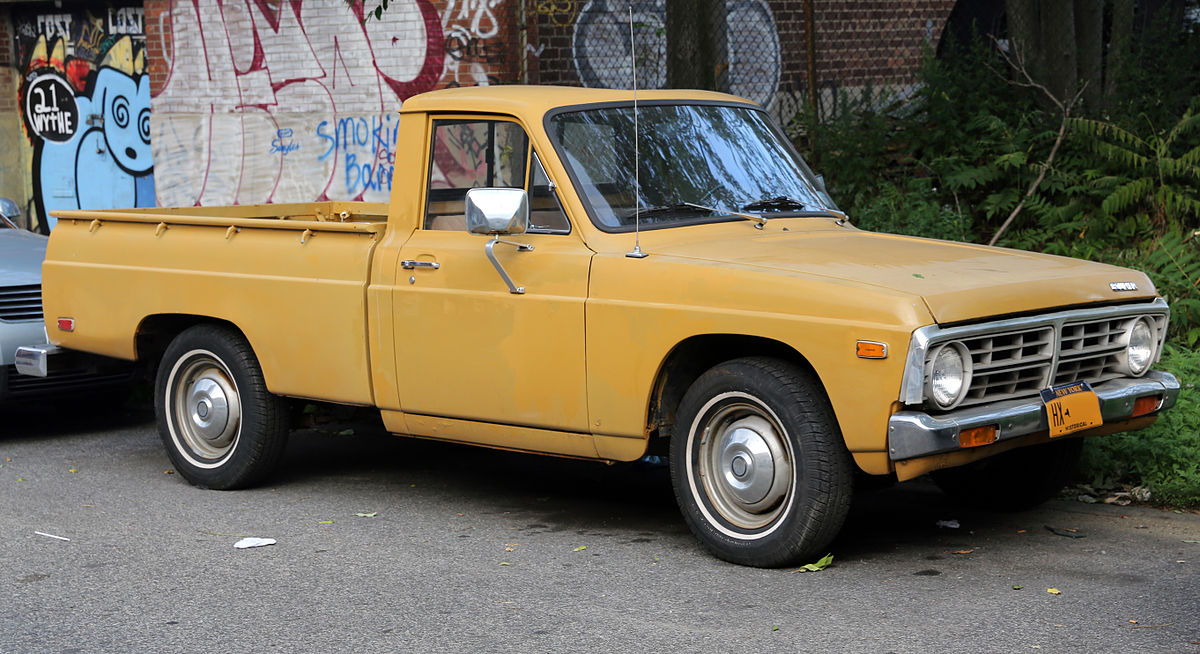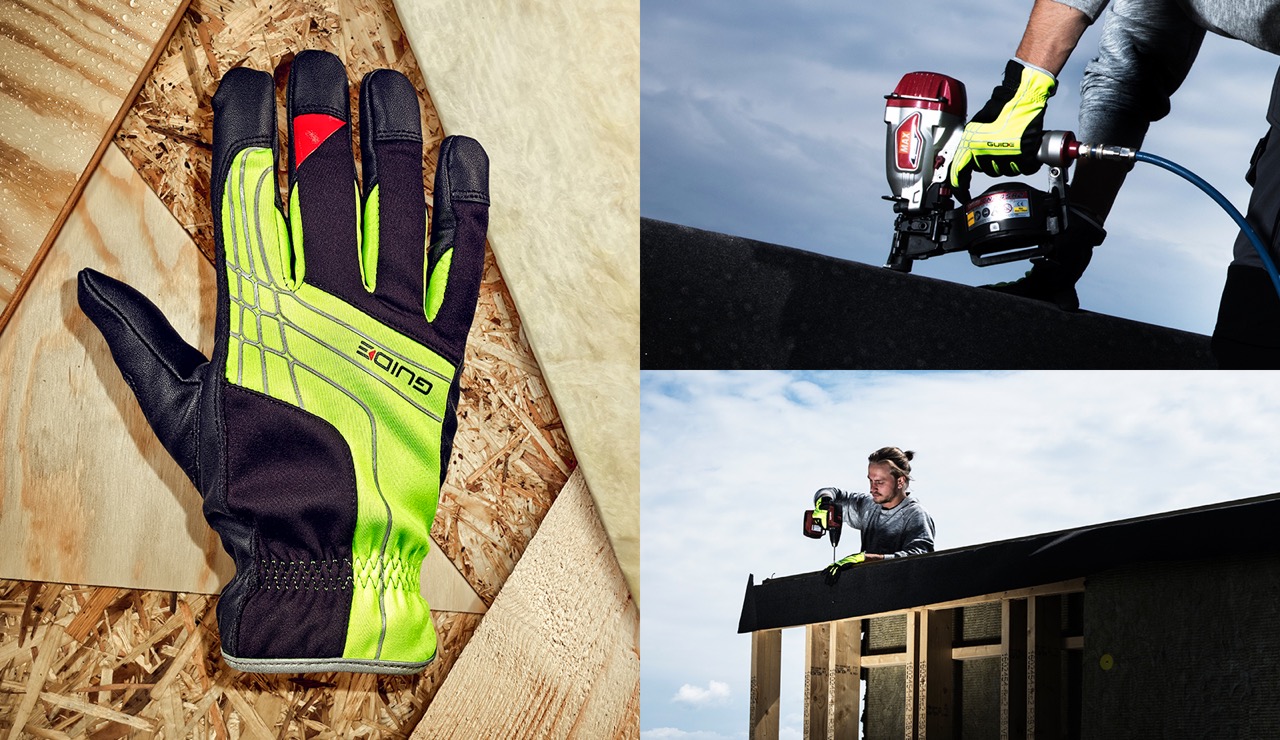Mike Small describes himself as a social ecologist, Scottish socialist and republican. Others describe him as an activist, writer and publisher, having founded Product magazine: , launched as Red Herring in 1998. He is also editor of Bella Caledonia. Mike is from Aberdeen, Scotland.
At the end of April, Mike left us some guidelines for living under late capitalism.
He begins by stating that we will buy all of our goods. There is no mention of making them, or bartering them. There are only two sources: Ikea big boxes and Amazon online. The quality of foodstuffs is questionable.
The interested reader is still free to read the original document, with many comments reflecting current events. At 660 words and 2 photographs, it is a fairly short read. Yes, big brother is there, using Facebook, or equivalent, to herd everyone to an acceptance of their fate. Celebrities deserve their fame and riches!
The rest of us, “…will be connected to a global ‘network’ which will monitor your activities, provide you with leisure, sexual stimulation and steer your political actions. This will be provided for free. You will at all times hold a device which will give you ‘notifications’ from the network. It will bleep and ping when you are to take notice. You will be provided with several platforms to express your views and chatter with others. This will be the last thing you do a night and the first thing you do in the morning. Your children will also be attached to the network where they will be provided with games.”
Foodstuff activism, may have to join workshop activism, as a high priority activity. Imagine, secret covens of people dirtying their hands toiling with soil, with spades and hoes, producing food for themselves, their families, friends and others. Others may prefer hydroponics, geodesic dome greenhouses, LED lights and Arduino microprocessors. Will vegetable gardening become a crime? Will the acquisition of animal protein become a capital offense? I am not sure that I could enjoy producing protein from insects, but if necessary I could produce escargot, as an act of defiance.
If it becomes compulsory to wear devices, rest assured that my highest priority will be the design and manufacturing of a robot to simulate (read: “fake”) human existence. Perhaps the time has come for everyone to detach themselves from their devices … before it is too late!
People are encouraged to visit From Garden Warriors to Good Seeds: Indigenizing the Local Food Movement.










